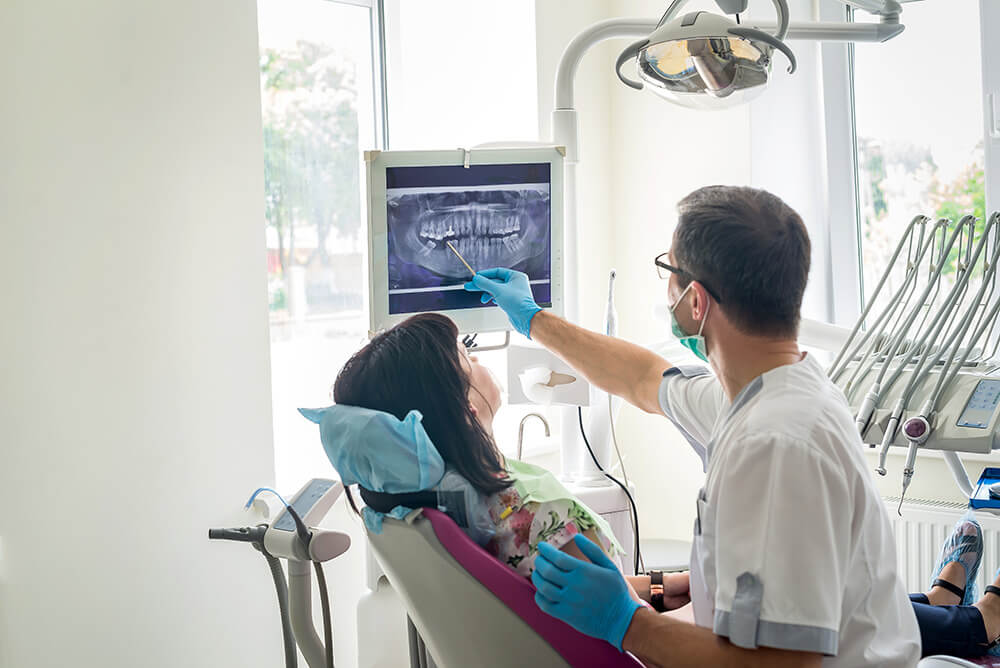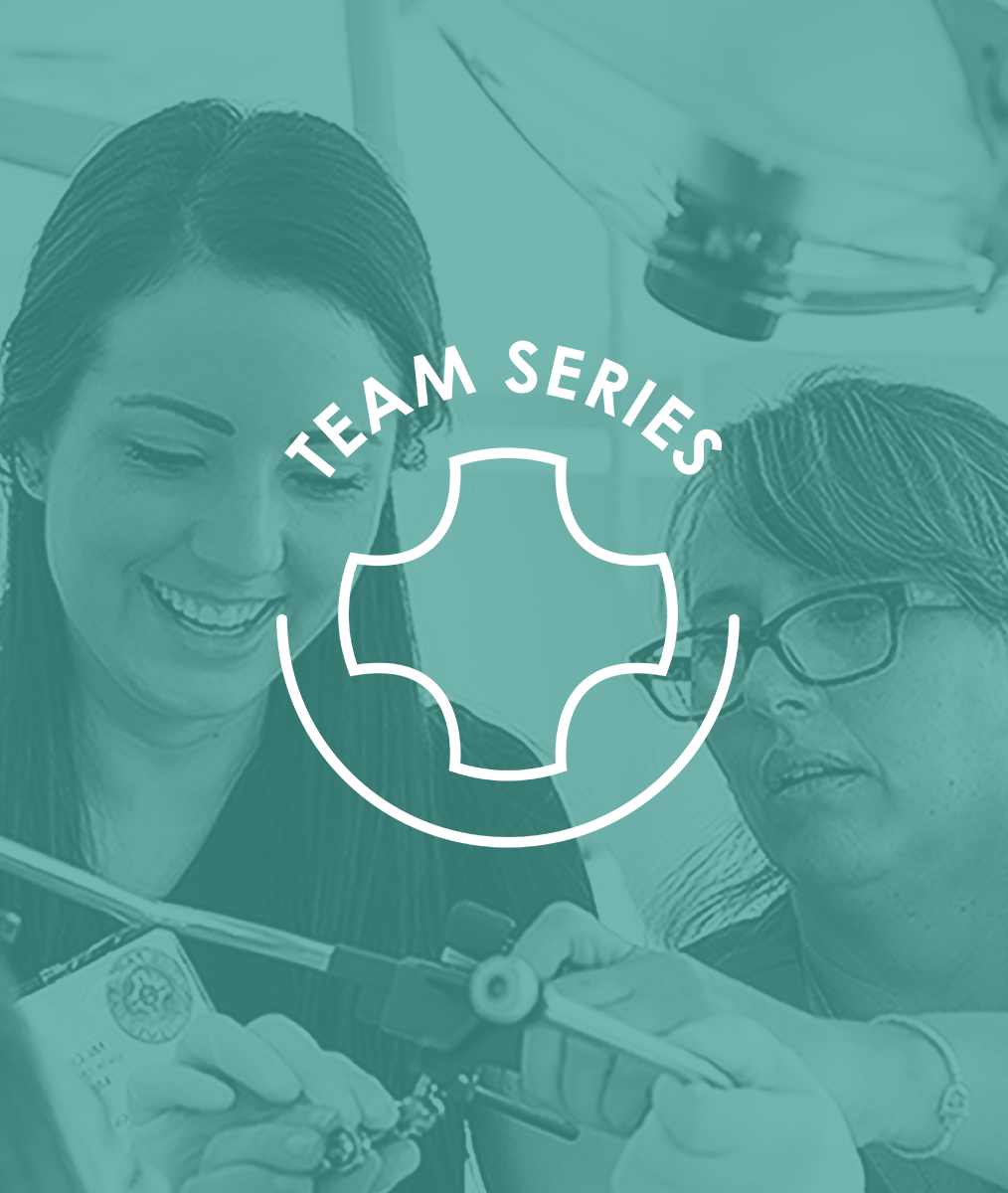
Why I Place High Value on Interdisciplinary Treatment Planning
Complex dental cases often need support from multiple specialties for a final successful outcome. The approach to work out these cases can be a “multidisciplinary approach” or an “interdisciplinary approach.”
In the case of “multidisciplinary treatment planning,” each of the dental professionals makes their own plan for the treatment they will provide and they seek the help of other disciplines as the need arises. A fairly common example is when a patient finishes orthodontic alignment and then sees a dentist for esthetic restorations.
“Interdisciplinary treatment planning” takes another approach. Treatment is preplanned among the restorative dentist, specialists, and the laboratory team prior to commencement. What is notable in this approach is that you communicate, you collaborate, and you create the plan together as a team. As a restorative dentist, my role is to sit at the center of the specialist, the lab technician, and the patient. In my experience, involving the lab technician from the beginning produces best results and a more efficient process of treatment.
Avishai Sadan — my colleague and the dean at USC, says interdisciplinary treatment planning results in “being able to formulate a custom-tailored treatment plan that addresses patient present and future needs and to execute it to the highest clinical level possible, using state-of-the-art techniques and technologies.” This statement defines for me the best way to do dentistry.
The Benefits of Interdisciplinary Treatment Planning
The foremost benefit is to our restorative patient, whose well-planned dentistry optimally solves current and future needs. Not only are restorative results at the highest clinical level, but we can practice what we enjoy doing most at our highest skill level, while enjoying collaboration with others who are working at their highest skill level. Liability is lower, and we learn from each other.
As a team, we have developed a smooth process of communicating, contributing knowledge, and deciding what will be an optimal course of treatment. We document with photos the procedures each of us performs so we each have complete documentation of the cases we do together.
The others who are on my interdisciplinary team refer patients to me because they are comfortable with the process we have developed and value the quality of the restorative dentistry I do. My practice is distinguishable from dental practices that do not do interdisciplinary treatment planning. Patients who are referred are commonly told about this interdisciplinary planning approach before they arrive. They anticipate a high level of personal attention and a course of treatment that all doctors agree upon. Case acceptance is high when all doctors and the lab team agree on what is best for the patient. Communication and agreement among the providers is so complete, the patient can be optimally informed about what to expect at each stage of treatment.
Related Course
The Pankey Assistant’s Experience
DATE: June 12 2025 @ 8:00 am - June 14 2025 @ 3:00 pmLocation: The Pankey Institute
CE HOURS: 17
Regular Tuition: $ 2050
Single Occupancy Room with Ensuite Bath (Per Night): $ 345
This “can’t miss” course will empower Dental Assistants to bring their skills to excellence! During this dynamic hands-on course, led by Pankey clinical team member, Sandra Caicedo, participants will learn…
Learn More>






